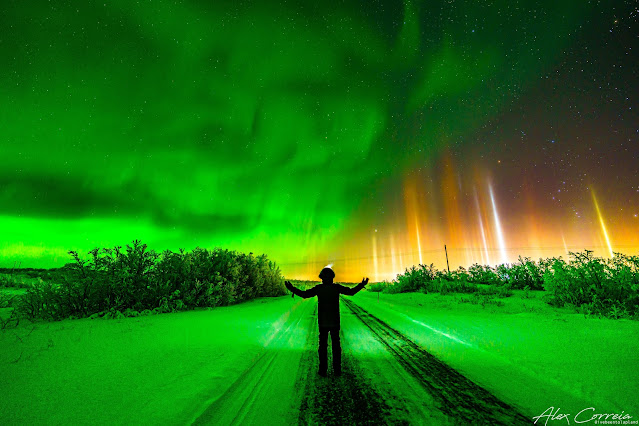Kuiper Belt Object Arrokoth: New Place Names | NASA New Horizons Mission
On Kuiper Belt Object Arrokoth, New Horizons Team Puts Names to the Places
Three prominent features on the Kuiper Belt object Arrokoth—the farthest planetary body ever explored, by NASA's New Horizons spacecraft in January 2019—now have official names.
Proposed by the New Horizons team and approved by the International Astronomical Union, the new feature names follow a theme set by "Arrokoth" itself, which means "sky" in the Powhatan/Algonquin Native American language. The mission team tagged the nearly circular arc on the larger of Arrokoth two lobes, the bright "neck" connecting the lobes and a 4-mile-wide crater on the smaller lobe with variations of the word "sky."
"Naming these features on Arrokoth is a milestone that the New Horizons team is very proud to reach," said New Horizons Principal Investigator Alan Stern, from the Southwest Research Institute in Boulder, Colorado. "It's a significant step in our discovery and exploration of this ancient object, in a distant region of the solar system we're just beginning to learn about."
Arrokoth orbits the Sun in the Kuiper Belt, more than a billion miles beyond Pluto and some four billion miles from Earth. The farthest object ever explored by spacecraft, the 22-mile (35-kilometer) long binary consists of a large, flat lobe connected to a smaller, rounder lobe. Nothing like it has been seen anywhere in the solar system, and that first close-up look provided by New Horizons in January 2019 yielded a range of images and data that are helping scientists understand how planetesimals like Arrokoth—the building blocks of the planets—form.
Some of the scientific analyses on New Horizons' flyby data has focused on three key features: a nearly circular arc on Arrokoth's larger lobe; a bright "neck" connecting the lobes; and a large crater on the smaller lobe.
The team has named the arc "Ka'an," the word for sky in the Yucatec Mayan language spoken in parts of the Mexican Yucatan Peninsula and Belize. It also resembles the word for "snake" in this language—"kan"—and both terms derive from the classical Mayan word, "chan."
"Mayan paintings often show a snake arching over the scene, representing the sky or heaven," said Mark Showalter, a New Horizons co-investigator from the SETI Institute, and the mission's Nomenclature Working Group chair. "So we thought it was particularly appropriate to use ‘Ka'an' for this prominent, arc-shaped feature on Arrokoth."
The most reflective area on Arrokoth, the neck is named "Akasa," the word for sky in Bengali (Bangla), and derived from similar words in Sanskrit (ākāśam), Nepali (akās), Malayalam (ākāśaṃ), Oriya (akaśô), Sinhalese (ākāśaya), Tamil (ākāyam) and Telugu (ākāśamu).
The large crater, streaked with bright areas across its 4-mile-wide (7-kilometer-wide) floor, is officially named "Sky," in English. The team had nicknamed the crater "Maryland" soon after the flyby, in tribute to the location of the Johns Hopkins Applied Physics Laboratory, which built and operates the New Horizons spacecraft.
New Horizons itself remains healthy while continuing its exploration of the Kuiper Belt and outer heliosphere. The spacecraft is about 4.9 billion miles (7.8 billion kilometers) from home—more than 52 times farther from the Sun than Earth—in a region where a radio signal from New Horizons, even traveling at the speed of light, needs more than seven hours to reach Earth.
Three prominent features on the Kuiper Belt object Arrokoth—explored by NASA's New Horizons spacecraft in January 2019—now have official names. The mission team tagged the nearly circular arc on the larger of Arrokoth two lobes, the bright "neck" connecting the lobes and a 4-mile-wide crater on the smaller lobe with variations of the word "sky."
Credit: NASA/Johns Hopkins APL/Southwest Research Institute
Release Date: February 10, 2022
#NASA #Astronomy #Space #Science #NewHorizons #KuiperBelt #KBO #Arrokoth #IAU #Names #FirstNations #History #Algonquin #Powhatan #Mayan #Language #Spacecraft #JPL #SolarSystem #MSFC #JohnsHopkins #JHUAPL #APL #SwRI #SouthwestResearchInstitute #UnitedStates #Exploration #STEM #Education #Infographic









